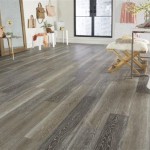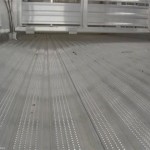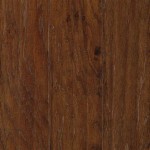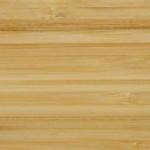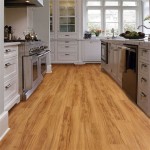Essential Aspects of Flooring for Bathrooms and Kitchens
Flooring plays a crucial role in defining the aesthetics, functionality, and overall ambiance of a room, especially in the frequently used areas of bathrooms and kitchens. Selecting the right flooring material for these spaces requires careful consideration of several essential aspects.
1. Water Resistance
Bathrooms and kitchens are inherently prone to water exposure, making water resistance a primary concern. Ceramic and porcelain tiles, vinyl flooring, and moisture-resistant laminate are excellent choices as they can withstand spills, humidity, and even standing water.
2. Durability and Wear Resistance
Bathrooms and kitchens experience significant foot traffic and potential wear from appliances and furniture. Choosing durable flooring materials that can withstand everyday use and heavy appliances is essential. Porcelain tiles, engineered hardwood with a high wear rating, and commercial-grade vinyl offer exceptional durability.
3. Slip Resistance
Safety is paramount in bathrooms and kitchens. Selecting flooring materials with good slip resistance, especially for wet areas, is crucial to prevent accidents. Textured ceramic tiles, slip-resistant vinyl flooring, and etched natural stone provide excellent grip and traction.
4. Maintenance and Cleaning
Bathrooms and kitchens require regular cleaning and maintenance to maintain hygiene. Opting for flooring materials that are easy to clean and maintain, such as ceramic tiles, vinyl flooring, or sealed hardwood, will save time and effort in upkeep.
5. Aesthetics and Style
In addition to practical considerations, the aesthetic appeal of flooring is equally important. Bathrooms and kitchens are often focal points of a home, and the flooring material should complement the overall design and atmosphere. Tiles offer a vast range of colors, patterns, and textures, while hardwood and vinyl flooring provide warmth and texture to the space.
6. Comfort Underfoot
For extended periods of standing, comfort underfoot becomes essential. Natural stone, such as marble or limestone, provides a cool and refreshing feel, while cushioned vinyl flooring or cork flooring offers additional comfort and warmth.
7. Cost and Installation
Flooring materials vary in cost and installation difficulty. It's important to consider the budget and any potential installation expenses. Ceramic and porcelain tiles are typically cost-effective and easy to install, while hardwood or natural stone can require higher installation costs.
Conclusion
Choosing the right flooring for bathrooms and kitchens involves careful consideration of water resistance, durability, slip resistance, maintenance, aesthetics, comfort, and cost. By selecting materials that meet these essential aspects, you can create a functional, stylish, and safe space that will enhance the overall enjoyment of your home.
Vinyl Flooring In Kitchens And Bathrooms Tarkett

Best Kitchen Flooring Options For You Forbes Home

5 Flooring Options For Kitchens And Bathrooms Empire Today Blog

Pros Cons Of 5 Popular Kitchen Flooring Materials

Waterproof Bathroom Flooring Options Twenty Oak

All You Need To Know About Kitchen Flooring Design Cafe

15 Small Kitchen Tile Ideas Flooring Tiles Floor Plans

Best Kitchen Flooring Ideas Types Of Floors

20 Best Bathroom Floor Tile Ideas Flooring Modern Kitchen Amazing Bathrooms

All You Need To Know About Kitchen Flooring Design Cafe
Related Posts

